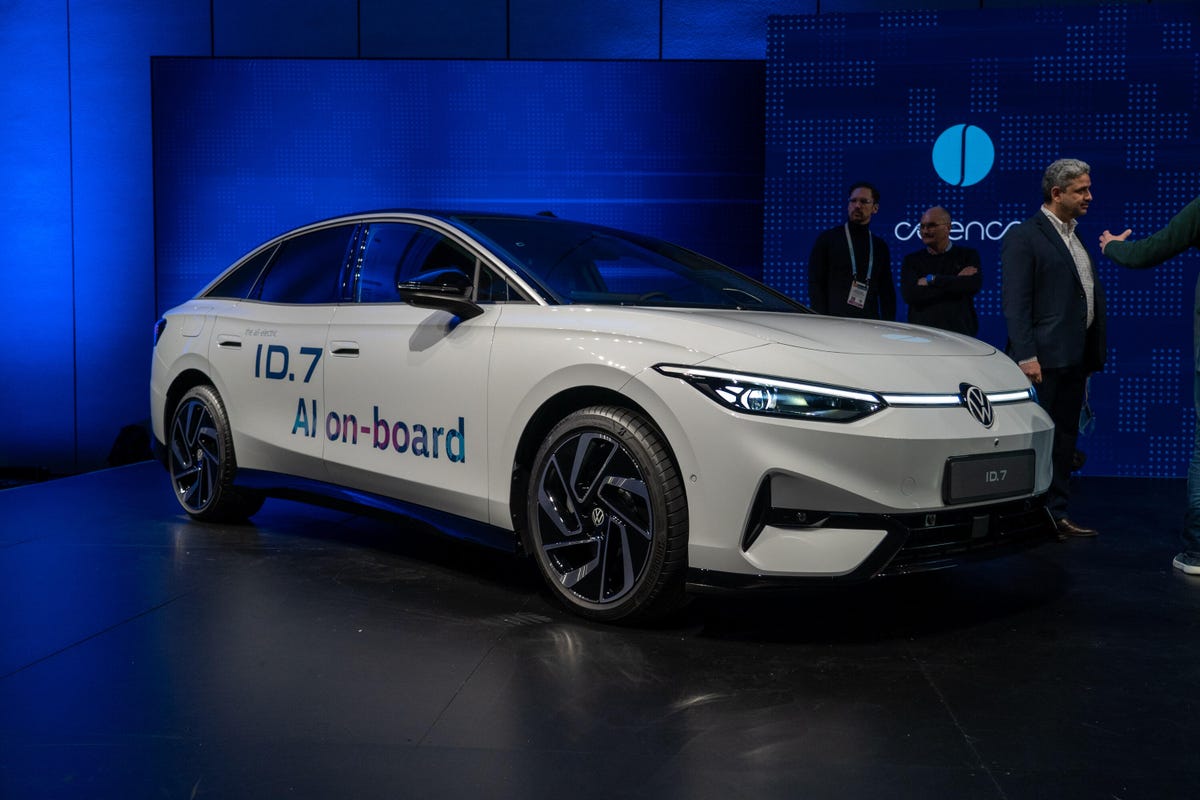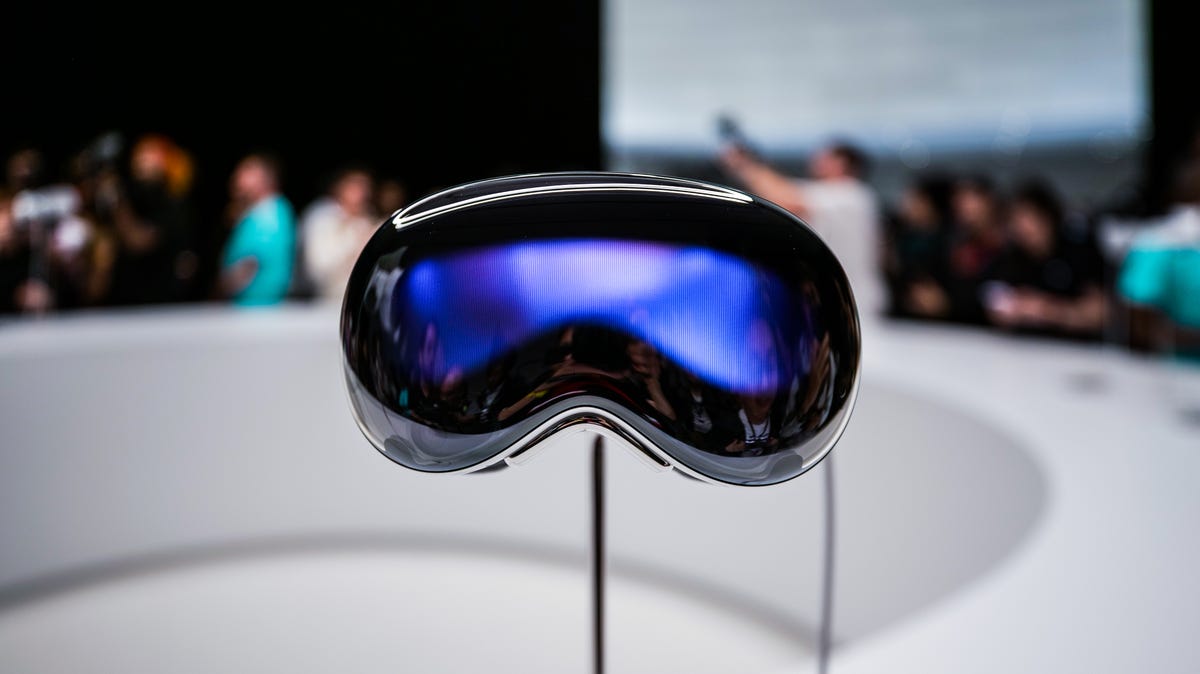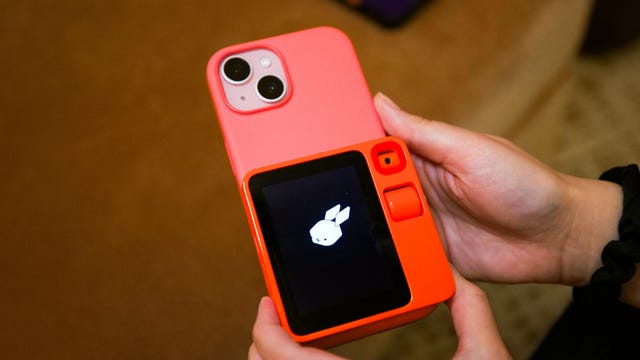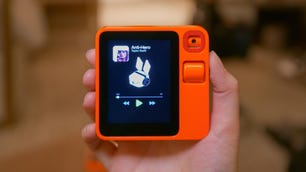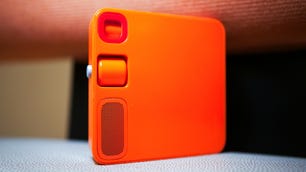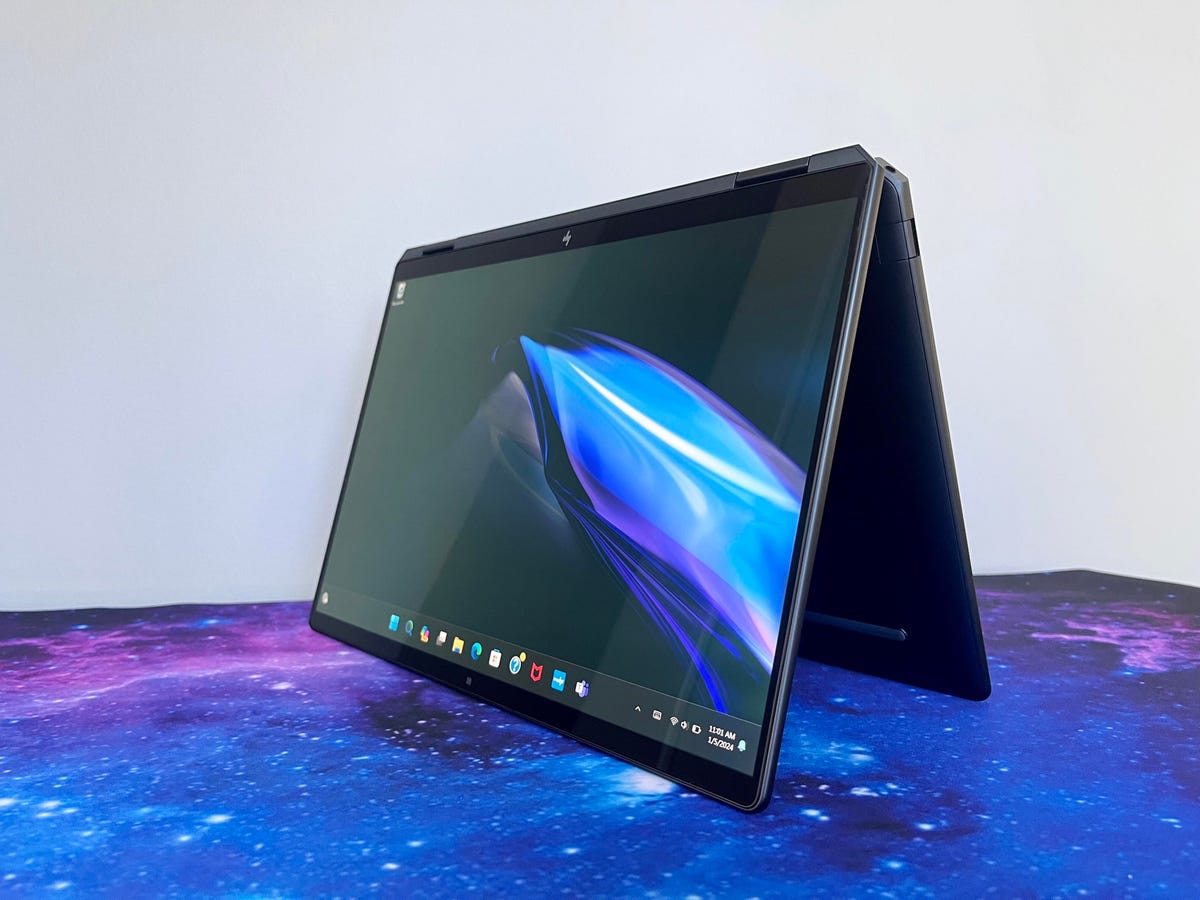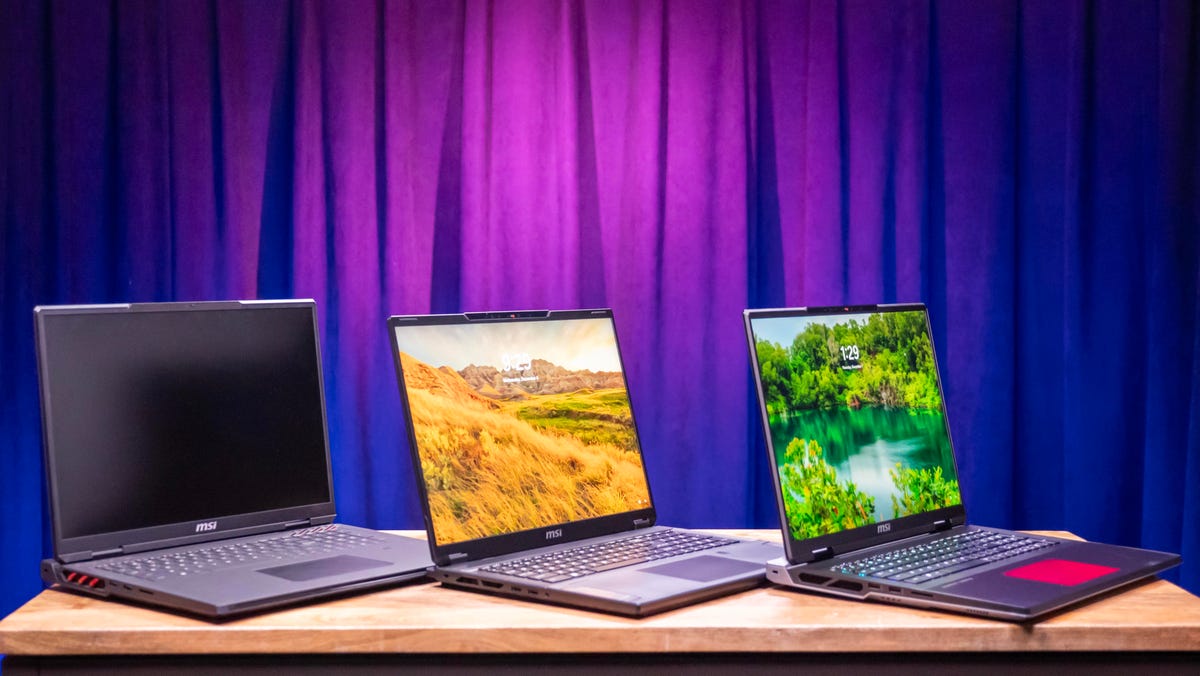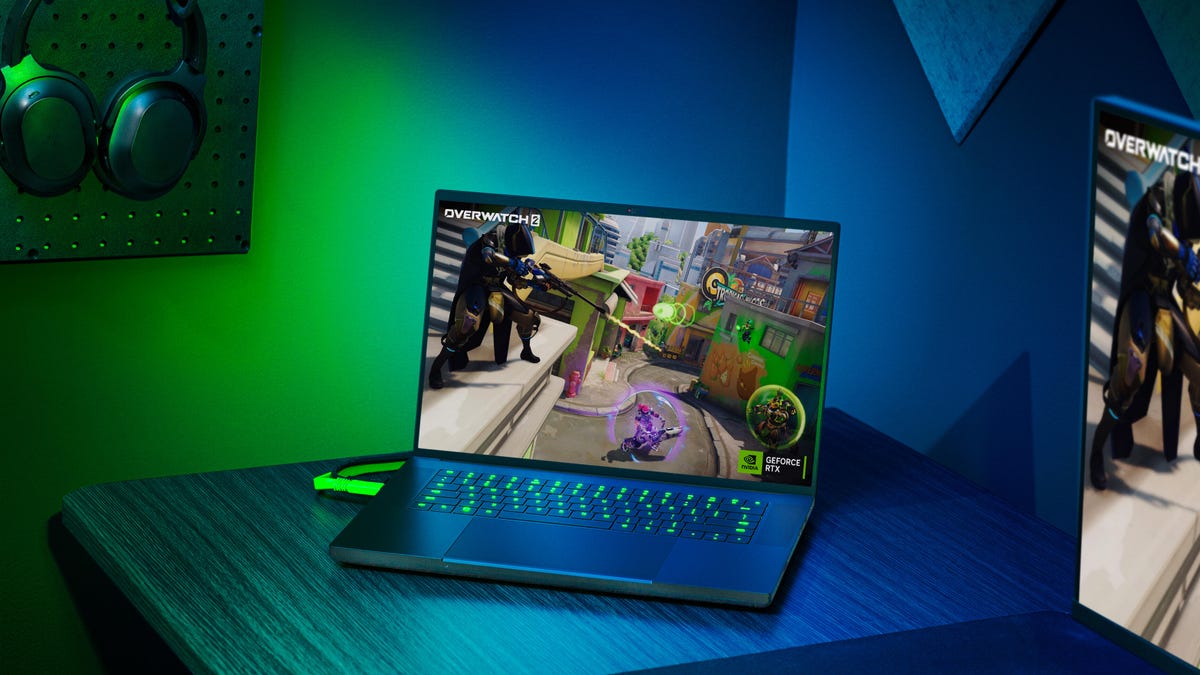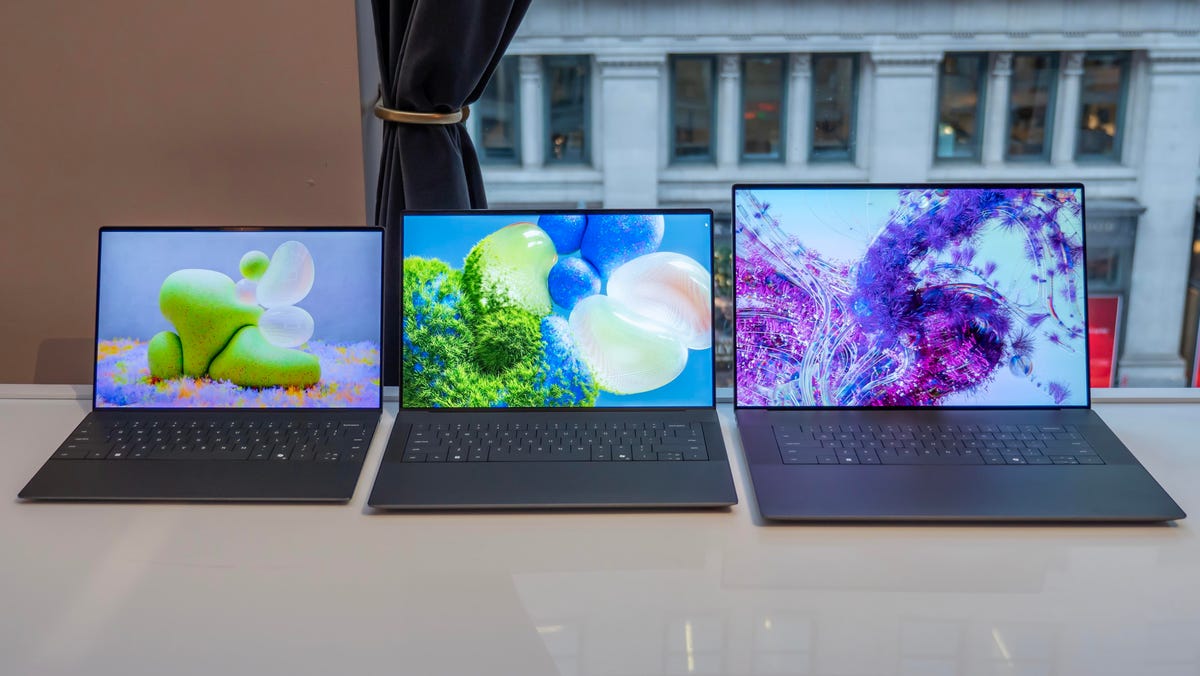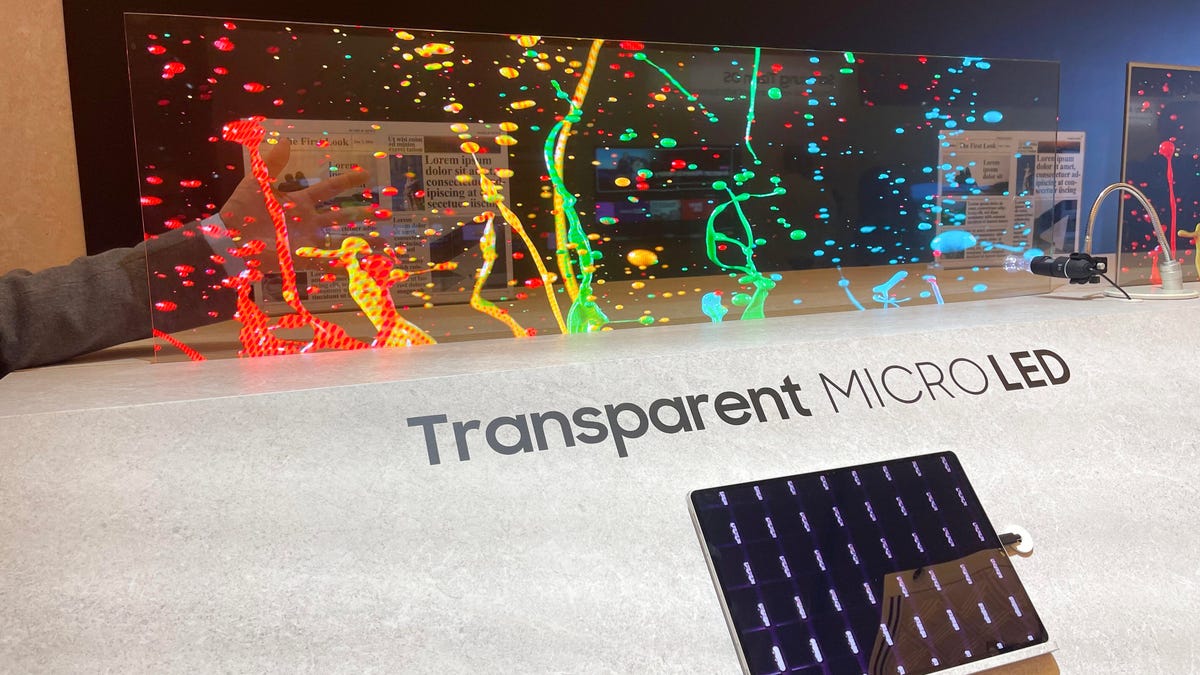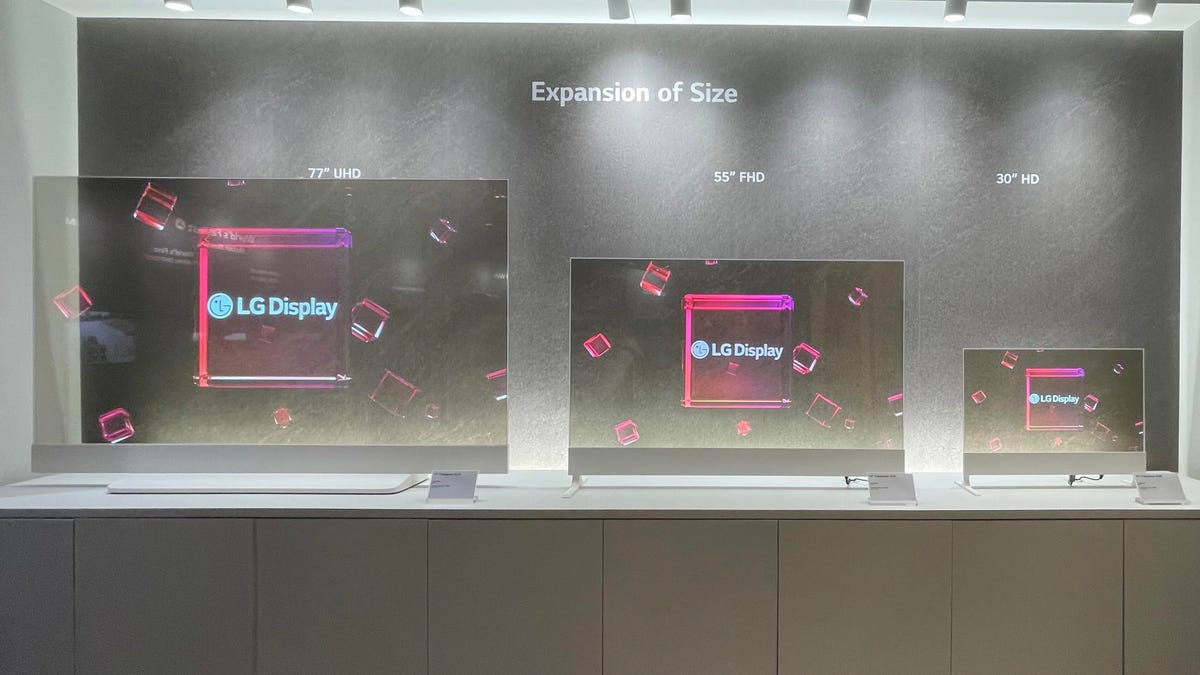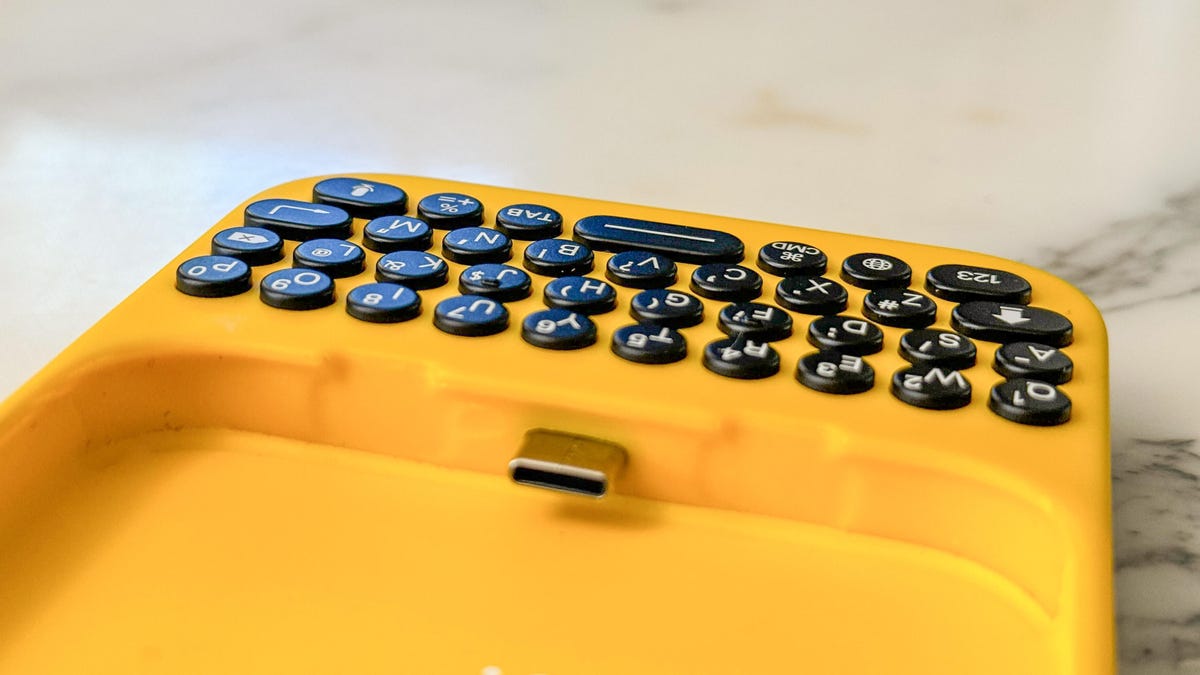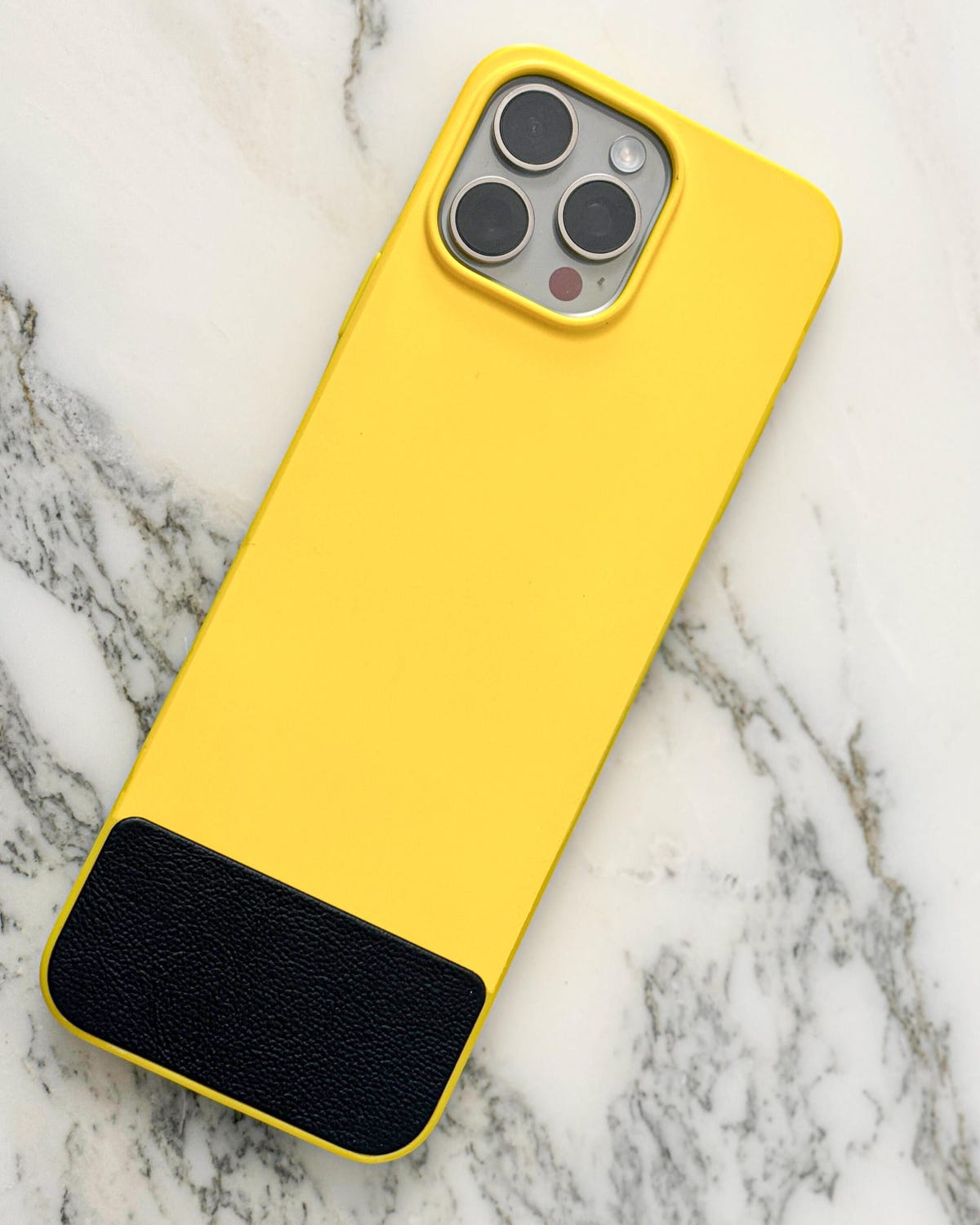Get set for for weeks of top-drawer international soccer, as Africa’s best sides face off across the Ivory Coast for the 34th Africa Cup of Nations.
Led by former Liverpool and Bayern Munich striker Sadio Mané, Senegal come into this year’s tournament as defending champions, while 2022 World Cup semifinalists Morocco are the favorites to walk away as champions this time out.
Star names to keep an eye out for include Liverpool’s Mohammed Salah, who will try to lead Egypt to a record-extending eighth title; Ghana’s Mohammed Kudus, who will hope to replicate his recent superb recent club form for West Ham; and Nigeria’s Victor Osimhen, the Napoli striker who’s currently one of the world’s most coveted forwards in world football.
Originally scheduled for last summer, the tournament was postponed amid weather concerns over Ivory Coast’s rainy season; that’s why the competition is called AFCON 2023, not 2024.
Below, we’ll outline the best live TV streaming services to use to watch the tournament live wherever you are in the world.
The Africa Cup of Nations 2023: When and where?
Kicking off with an opening match between the host nation and Guinea-Bissau on Saturday, Jan. 13, this year’s tournament runs for four weeks and takes place across six stadiums dotted around the Ivory Coast. AFCON 2023 concludes with the final at the Alassane Ouattara Stadium in Abidjan on Sunday, Feb. 11. A full schedule for this year’s tournament can be found at the foot of this page.
How to watch the Africa Cup of Nations online from anywhere using a VPN
If you find yourself unable to view the tournament locally, you may need a different way to watch games — that’s where using a VPN can come in handy. A VPN is also the best way to stop your ISP from throttling your speeds on game day by encrypting your traffic, and it’s also a great idea if you’re traveling and find yourself connected to a Wi-Fi network, and you want to add an extra layer of privacy for your devices and logins.
With a VPN, you’re able to virtually change your location on your phone, tablet or laptop to get access to the game. So if your internet provider or mobile carrier has stuck you with an IP address that incorrectly shows your location in a blackout zone, a VPN can correct that problem by giving you an IP address in your correct, non-blackout area. Most VPNs, like our Editors’ Choice, ExpressVPN, make it really easy to do this.
Using a VPN to watch or stream sports is legal in any country where VPNs are legal, including the US, UK and Canada, as long as you have a legitimate subscription to the service you’re streaming. You should be sure your VPN is set up correctly to prevent leaks: Even where VPNs are legal, the streaming service may terminate the account of anyone it deems to be circumventing correctly applied blackout restrictions.
Looking for other options? Be sure to check out some of the other great VPN deals taking place right now.
Livestream every Africa Cup of Nations game in the US
Matches from this year’s tournament in the Ivory Coast will be shown exclusively live in the US via beIN Sports, which is available through most cable providers.
If you don’t have a cable or satellite TV subscription, you can watch AFCON fixtures with a live TV streaming service, with a number of major services offering beIN Sports.
All of the live TV streaming services above offer free trials, allow you to cancel anytime and require a solid internet connection. Looking for more information? Check out our live TV streaming services guide.
Livestream AFCON matches in the UK for free
Rights to show this year’s tournament in the UK are split between pay TV network Sky Sports and free-to-air broadcaster the BBC.
Sky Sports will be showing all 52 games live, while the BBC will be showing 10 select matches, including the opening fixture between host Ivory Coast and Guinea-Bissau on Jan. 13, as well as both semifinals and the final. If you already have Sky Sports as part of your TV package, you can stream the game via its Sky Go app, but cord-cutters will want to get set up with a Now account and a Now Sports membership to stream the game.
Matches being shown on the BBC can be streamed for free via the public broadcaster’s online service iPlayer, so long as you have a valid UK TV license.
Livestream the Africa Cup of Nations in Canada
If you want to stream games from the AFCON in Canada, you’ll need to subscribe to beIN Sports. The service has exclusive rights for this year’s tournament in the region and is available via most cable operators. If that’s not an option, the network also offers its very own standalone streaming service beIN Sports Connect.
Livestream the Africa Cup of Nations in Australia
Football fans Down Under can watch this year’s tournament on beIN Sports, which is showing every single AFCON game live in Australia.
Quick tips for streaming the Africa Cup of Nations using a VPN
- With four variables at play — your ISP, browser, video streaming provider and VPN — your experience and success when streaming AFCON matches may vary.
- If you don’t see your desired location as a default option for ExpressVPN, try using the “search for city or country” option.
- If you’re having trouble getting the game after you’ve turned on your VPN and set it to the correct viewing area, there are two things you can try for a quick fix. First, log into your streaming service subscription account and make sure the address registered for the account is an address in the correct viewing area. If not, you may need to change the physical address on file with your account. Second, some smart TVs — like Roku — don’t have VPN apps you can install directly on the device itself. Instead, you’ll have to install the VPN on your router or the mobile hotspot you’re using (like your phone) so that any device on its Wi-Fi network now appears in the correct viewing location.
- All of the VPN providers we recommend have helpful instructions on their main site for quickly installing the VPN on your router. In some cases with smart TV services, after you install a cable network’s sports app, you’ll be asked to verify a numeric code or click a link sent to your email address on file for your smart TV. This is where having a VPN on your router will also help, since both devices will appear to be in the correct location.
- And remember, browsers can often give away a location despite using a VPN, so be sure you’re using a privacy-first browser to log into your services. We normally recommend Brave.
Africa Cup of Nations 2023: Full fixture list and schedule
All kickoff times in ET.
Group A
Jan. 13, 3 p.m.: Ivory Coast vs. Guinea-Bissau – Alassane Ouattara Stadium, Abidjan
Jan. 14, 9 a.m.: Nigeria vs. Equatorial Guinea – Alassane Ouattara Stadium, Abidjan
Jan. 18, 9 a.m.: Equatorial Guinea vs. Guinea-Bissau – Alassane Ouattara Stadium, Abidjan
Jan. 18, 12 p.m.: Ivory Coast vs. Nigeria – Alassane Ouattara Stadium, Abidjan
Jan. 22, 12 p.m.: Equatorial Guinea vs. Ivory Coast – Alassane Ouattara Stadium, Abidjan
Jan. 22, 12 p.m.: Guinea-Bissau vs. Nigeria – Felix Houphouet Boigny Stadium, Abidjan
Group B
Jan. 14, 12 p.m.: Egypt vs. Mozambique – Felix Houphouet Boigny Stadium, Abidjan
Jan. 14, 3 p.m.: Ghana vs. Cape Verde – Felix Houphouet Boigny Stadium, Abidjan
Jan. 18, 3 p.m.: Egypt vs. Ghana – Felix Houphouet Boigny Stadium, Abidjan
Jan. 19, 9 a.m.: Cape Verde vs. Mozambique – Felix Houphouet Boigny Stadium, Abidjan
Jan. 22, 3 p.m.: Mozambique vs. Ghana – Alassane Ouattara Stadium, Abidjan
Jan. 22, 3 p.m.: Cape Verde vs. Egypt – Felix Houphouet Boigny Stadium, Abidjan
Group C
Jan. 15, 9 a.m.: Senegal vs. Gambia – Charles Konan Banny Stadium, Yamoussoukro
Jan. 15, 12 p.m.: Cameroon vs. Guinea – Charles Konan Banny Stadium, Yamoussoukro
Jan. 19, 12 p.m.: Senegal vs. Cameroon – Charles Konan Banny Stadium, Yamoussoukro
Jan. 19, 3 p.m.: Guinea vs. Gambia – Charles Konan Banny Stadium, Yamoussoukro
Jan. 23, 12 p.m.: Guinea vs. Senegal – Charles Konan Banny Stadium, Yamoussoukro
Jan. 23, 12 p.m.: Gambia vs. Cameroon – Stade de la Paix, Bouake
Group D
Jan. 15, 3 p.m.: Algeria vs. Angola – Stade de la Paix, Bouake
Jan. 16, 9 a.m.: Burkina Faso vs. Mauritania – Stade de la Paix, Bouake
Jan. 20, 9 a.m.: Algeria vs. Burkina Faso – Stade de la Paix, Bouake
Jan. 20, 12 p.m.: Mauritania vs. Angola – Stade de la Paix, Bouake
Jan. 23, 3 p.m.: Angola vs. Burkina Faso – Charles Konan Banny Stadium, Yamoussoukro
Jan. 23, 3 p.m.: Mauritania vs. Algeria – Stade de la Paix, Bouake
Group E
Jan. 16, 12 p.m.: Tunisia vs. Namibia – Amadou Gon Coulibaly Stadium, Korhogo
Jan. 16, 3 p.m.: Mali vs. South Africa – Amadou Gon Coulibaly Stadium, Korhogo
Jan. 20, 3 p.m.: Tunisia vs. Mali – Amadou Gon Coulibaly Stadium, Korhogo
Jan. 21, 3 p.m.: South Africa vs. Namibia – Amadou Gon Coulibaly Stadium, Korhogo
Jan. 24, 12 p.m.: South Africa vs. Tunisia – Amadou Gon Coulibaly Stadium, Korhogo
Jan. 24, 12 p.m.: Namibia vs. Mali – Laurent Pokou Stadium, San Pedro
Group F
Jan. 17, 12 p.m.: Morocco vs. Tanzania – Laurent Pokou Stadium, San Pedro
Jan. 17, 3 p.m.: DR Congo vs. Zambia – Laurent Pokou Stadium, San Pedro
Jan. 21, 9 a.m.: Morocco vs. DR Congo – Laurent Pokou Stadium, San Pedro
Jan. 21, 12 p.m.: Zambia vs. Tanzania – Laurent Pokou Stadium, San Pedro
Jan. 24, 3 p.m.: Tanzania vs. DR Congo – Amadou Gon Coulibaly Stadium, Korhogo
Jan. 24, 3 p.m.: Zambia vs. Morocco – Laurent Pokou Stadium, San Pedro
Round of 16
Match 1, Jan. 27, 12 p.m.: Winner Group D vs. 3rd place B/E/F – Stade de la Paix, Bouake
Match 2, Jan. 27, 3 p.m.: Runner up Group A vs. Runner up Group C – Felix Houphouet Boigny Stadium, Abidjan
Match 3, Jan. 28, 12 p.m.: Winner Group A vs. 3rd place C/D/E – Alassane Ouattara Stadium, Abidjan
Match 4, Jan. 28, 3 p.m.: Runner up Group B vs. Runner up Group F – Laurent Pokou Stadium, San Pedro
Match 5, Jan. 29, 12 p.m.: Winner Group B vs. 3rd place A/C/D – Felix Houphouet Boigny Stadium, Abidjan
Match 6, Jan. 29, 3 p.m.: Winner Group C vs. 3rd place A/B/F – Charles Konan Banny Stadium, Yamoussoukro
Match 7, Jan. 30, 12 p.m.: Winner Group E vs. Runner up Group D – Amadou Gon Coulibaly Stadium, Korhogo
Match 8, Jan. 30, 3 p.m.: Winner Group F vs. Runner up Group E – Laurent Pokou Stadium, San Pedro
Quarterfinals
Match 2, Feb. 2, 3 p.m.: Winner Match 4 vs. Winner Match 3 – Alassane Ouattara Stadium, Abidjan
Match 1, Feb. 2, 12 p.m.: Winner Match 2 vs. Winner Match 2 – Felix Houphouet Boigny Stadium, Abidjan
Match 3, Feb. 3, 12 p.m.: Winner Match 7 vs. Winner Match 6 – Stade de la Paix, Bouake
Match 4, Feb. 3, 3 p.m.: Winner Match 5 vs. Winner Match 8 – Charles Konan Banny Stadium, Yamoussoukro
Semifinals
Match 1, Feb. 7, 12 p.m.: Winner Quarterfinal 1 vs. Winner Quarterfinal 4 – Stade de la Paix, Bouake
Match 2, Feb. 7, 3 p.m.: Winner Quarterfinal 3 vs. Winner Quarterfinal 2 – Alassane Ouattara Stadium, Abidjan
Third place play-off
Feb. 10, 3 p.m.: Loser Semifinal 1 vs. Loser Semifinal 2 – Felix Houphouet Boigny Stadium, Abidjan
Final
Feb. 11, 3 p.m.: Winner Semifinal 1 vs. Winner Semifinal 2 – Alassane Ouattara Stadium, Abidjan


